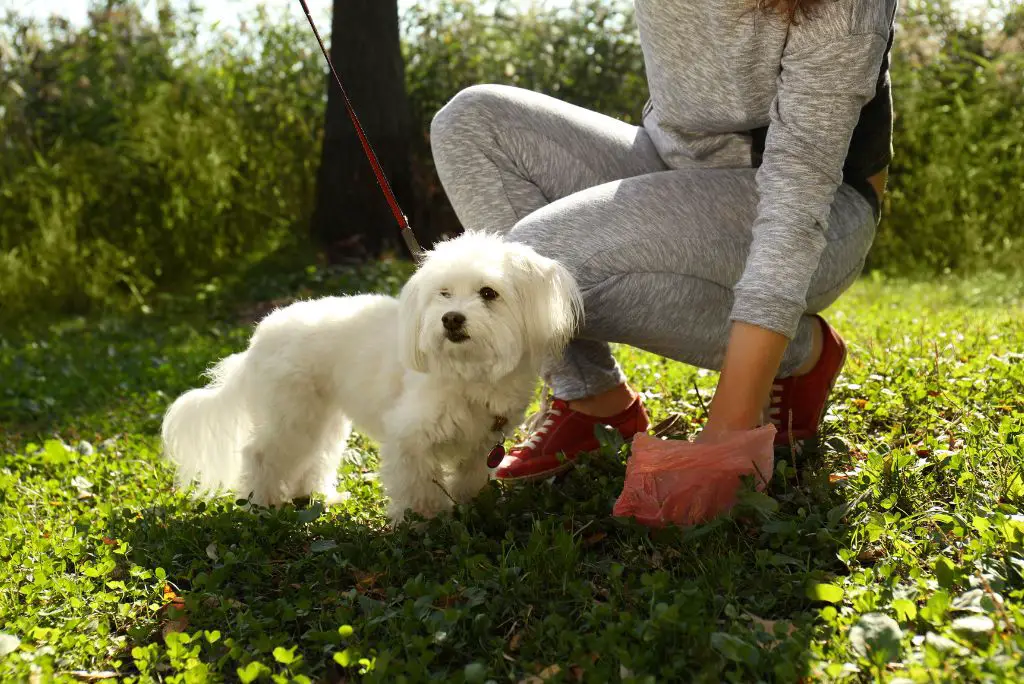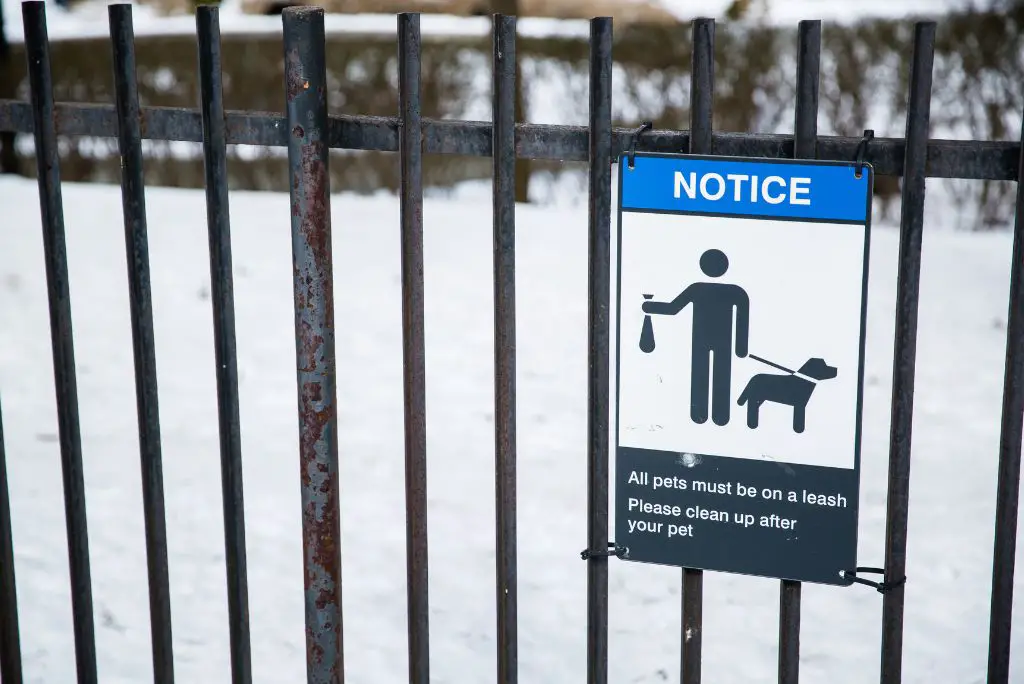Healthy dog poo is a big indicator of a healthy digestive system. Whether you like it or not, as a dog owner, you’ll have your fair share of poop to pick up off the floor. When doing so, you might want to take an extra second to acknowledge what it looks like as anything out of the ordinary can be a sign that you need to rush to the vet with your dog.
Although it may be a weird topic to cover, keeping track of what your dog’s poop looks like is an important way to track your dog’s health so you can catch any problem early on. Learn what healthy dog poo looks like and what health problems it can indicate.
Article contents
What does your dog’s poo say about its health?
When it comes to evaluating your dog’s poop, there are some things you need to consider. They are its:
- Size
- Frequency
- Color
- Shape and Consistency
- Content
- Coating
Let’s take a closer look at each one of these aspects to understand what you don’t want to find and what it can mean.
Size
First off, the size of your dog’s poop largely depends on your dog’s size. You can’t expect a chihuahua’s poop to be the same size as that of a Great Dane’s. Generally speaking, it should be slightly smaller than the food portion your dog is eating daily. Other than that, you should pay attention to any noticeable and consistent changes. If your dog’s poo is larger than normal it can be a sign that the food isn’t being digested properly and your dog isn’t getting all the nutrients it needs from its diet..
On the other hand, if your dog’s poo is smaller than usual, this can be a sign that your dog isn’t eating enough and lost its appetite due to an illness or, if it’s eating the same amount, this can be a sign of a blockage in the digestive system.
Frequency
The number of times your dog poops in a day should be consistent and also depends on the number of meals it eats. Dogs that eat only one meal per day normally poop 1 to 2 times per day, dogs that eat two meals per day can poop 2 to 3 times per day, etc.
But whether that’s one or five times per day, the most important is that it’s around the same number of times every day. So if your dog goes from pooping once per day to suddenly having to go 5 times, this can mean that there’s something wrong and you should contact your vet.

Color
When it comes to color, the rule is simple. As long as it’s brown, it’s healthy. That’s because a healthy dog’s gallbladder releases bile to help digest the food. This bile contains a substance called bilirubin which gives poop its brown color. Changes in its color are a result of changes in the dog’s diet or hydration levels but it should always be brown. If you see any of the following colors, it’s time to reach out to your vet:
- Green: this can be a sign that your dog is eating too much grass. If you only see this color one time, there’s nothing to worry about but if it’s consistent, you should see a vet;
- Red streaks: this can be a sign that your dog has a cut on its anus and you need to take a closer look. If it’s bleeding too much because of a large dash, it may need some stitches and you should take your dog to the vet;
- Gray or Yellow: this indicates a problem in your dog’s gallbladder, pancreas, or liver and you should seek medical help immediately;
- Black: this can be a sign that your dog is bleeding internally from its digestive system and you need help immediately.
Shape and Consistency
We’ll analyze these two aspects at the same time since they influence each other. Generally speaking, normal and healthy dog poo is shaped like a log, keeps its shape when picked up, and has a consistency similar to play-doh.However, dog poo can also have different shapes and consistency, ranging from small and hard balls to being completely liquid. Hard poop can be a sign that your dog is dehydrated or is not getting enough fiber from its diet. On the other hand, liquid poop is a sign of diarrhea and can mean that your dog’s large intestine isn’t absorbing water properly.
Content
Usually, healthy dog poo won’t have its content easily noticeable. In order to understand what its composition is like you’ll need to take a sample and get it to your vet for proper analysis. Even if you break it down, the inside of a dog’s poo shouldn’t be different from the outside.
With that said, if there’s anything you notice on your dog’s poo, it’s important to take a closer look and understand what it is. Some possibilities to look out for are:
- Any foreign objects: if you find anything such as grass, a piece of lego or a sock in your dog’s poo it’s a clear sign that it’s eating something it’s not supposed to. If you suspect it may have eaten anything else that isn’t food and that’s not coming out from the other side, you should definitely seek veterinary help.
- Fur: if you find large amounts of fur in your dog’s poop this can be a sign of overgrooming. Your dog may be doing this due to some kind of skin allergy or disease or it can be an indication of boredom or anxiety.
- Worms: if your dog has worms you’ll notice some rice-shaped white spots. If you find this, it’s important to collect a sample to take to your vet so your dog can get the proper deworming treatment.
Coating
This one is simple: healthy dog poo doesn’t have any coating on it. The best way to tell if your dog’s poop has coating or not is by looking at the grass or ground where the poop was after you pick it up. If it leaves behind a trail, that means it has coating.
This coating is mucus and is often a sign of inflammation in the large bowel and usually happens along with diarrhea. This can be caused by parasites, food intolerances, or bacterial infections. All of these possibilities require your vet’s help either to assist with any diet changes, use of probiotics, or in more serious cases, the use of antibiotics or steroids.
Making sense of it all
Knowing how to identify healthy dog poo is an important responsibility of a pet parent to ensure that a dog’s digestive system is healthy and catch any problems early on. If you see anything other than a brown-colored, log-shaped poo it’s time to keep a closer eye on your dog’s diet and even take it to the vet. Some changes can simply be due to a change in your dog’s food, others can mean something more serious which needs to be followed up by a vet.

